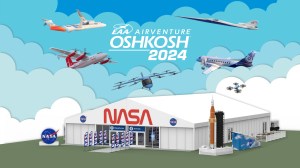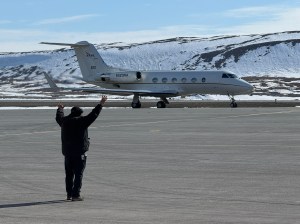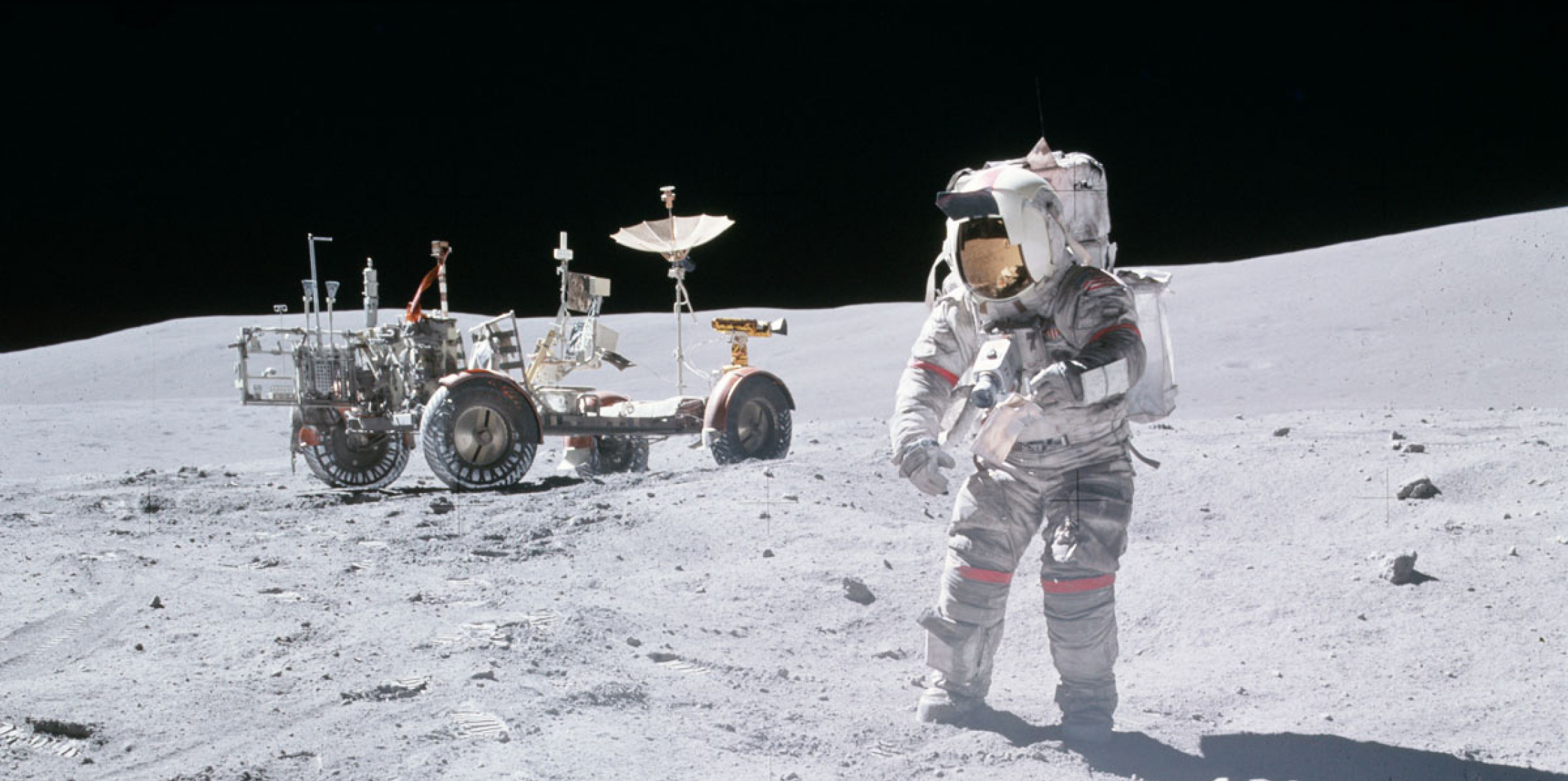Overview
Using the engineering design process, students will design, test, and improve systems to maintain cold temperatures within a simulated cryogenic propellant tank. They will test their design against a control to see how well their insulators worked, then make improvements on their design to determine which are most effective at preventing ice melt in their simulated cryogenic tank.
Introduction Video
Coming soon
Challenge Content
Facilitation Guide and Student Journal coming soon
Materials
Each student team will need:
- Two one-cup metal measuring cups with handles
- Large bowl
- Hand towel
- 25-milliliter graduated cylinder
- Slide-top one-quart bags
- Scissors
- Paper towels
- Insulating materials which must include at least
- Foam sheets
- Felt
- Cardboard
- Cloth
- Construction paper
- Aluminum foil
- Attachment materials which may include
- Rubber bands
- Tape
- Binder clips
- Ice cubes
- Warm water
- Container or sink for used ice and water
- Two-ounce plastic condiment cups (optional)
Next Generation Science Standards Addressed
Engineering Design
- MS–ETS1-1. Define the criteria and constraints of a design problem with sufficient precision to ensure a successful solution, taking into account relevant scientific principles and potential impacts on people and the natural environment that may limit possible solutions.
- MS–ETS1–2. Evaluate competing design solutions using a systematic process to determine how well they meet the criteria and constraints of the problem.
- MS–ETS1–3. Analyze data from tests to determine similarities and differences among several design solutions to identify the best characteristics of each that can be combined into a new solution to better meet the criteria for success.
- MS–ETS1–4. Develop a model to generate data for iterative testing and modification of a proposed object, tool, or process such that an optimal design can be achieved.
Matter and Energy
- MS-PS3-4 Energy: Plan an investigation to determine the relationship among the energy transferred, the type of matter, the mass, and the change in the average kinetic energy of the particles as measured by the temperature of the sample.
- MS-PS3-3 Energy: Apply scientific principles to design, construct, and test a device that either minimizes or maximizes thermal energy transfer.
- MS-PS1-4 Matter and its Interactions: Develop a model that predicts and describes changes in particle motion, temperature, and state of a pure substance when thermal energy is added or removed.
Related NASA Content
Online Resources
- NASA’s Artemis Program – Learn about how we will land the first woman and first person of color on the Moon, then use what we learn there to take the next giant leap – sending astronauts to Mars.
https://www.nasa.gov/specials/artemis/ - Evolvable Cryogenics Project – Learn more about cryogenic propellants and the challenges faced to store and use them.
https://www.nasa.gov/mission_pages/tdm/ecryo/index.html - NASA’s Space Launch System – Discover NASA’s new rocket system that will launch the next astronauts to the Moon.
http://www.nasa.gov/exploration/systems/sls - Insulation Materials – Learn more about how NASA’s breakthrough insulating materials have the potential to conserve energy, reduce repair costs, and save lives.
https://technology.nasa.gov/materials_and_coatings/mat-insulations.html
Informational Videos
- Done in 60 seconds: See a Massive Rocket Fuel Tank Built in A Minute – Watch a time-lapse video showing the construction and rotation of the liquid hydrogen tank for the core stage of NASA’s Space Launch System rocket.
https://youtu.be/-IcPrSIjxnc - Space Launch System Liquid Hydrogen Tank Test – Watch as a test version of the Space Launch System’s liquid hydrogen tank is tested to failure.
https://youtu.be/-W5EXElmqC4 - Smoke & Fire! NASA Tests the World’s Most Powerful Rocket – Watch as NASA’s Space Launch System core stage fires all four of its engines in a final Green Run test.
https://youtu.be/OvzeB1TI5qw - Faces of Technology – Meet Monica Guzik – Meet a Gas and Fluid Systems Engineer who works on cryogenics at NASA’s Glenn Research Center.
https://youtu.be/QS5sMyhvzBs
Contact Information
Gerald Voltz
Education Program Specialist
gerald.w.voltz@nasa.gov
(216) 433-8817
Glenn Research Center – Office of STEM Engagement
Phone: (216) 433-6656
Email: GRC-Ed-Opportunities@nasa.gov
Latest Content
Stay up-to-date with the latest content from NASA as we explore the universe and discover more about our home planet.

Welcome to NASA Aeronautics’ live update page with news about NASA events and other festivities taking place throughout the week…

This summer, NASA welcomed interns with professional teaching experience to help make the agency’s data more interactive and accessible in…

What happens in the Arctic doesn’t stay in the Arctic, and a new NASA mission is helping improve data modeling…


























